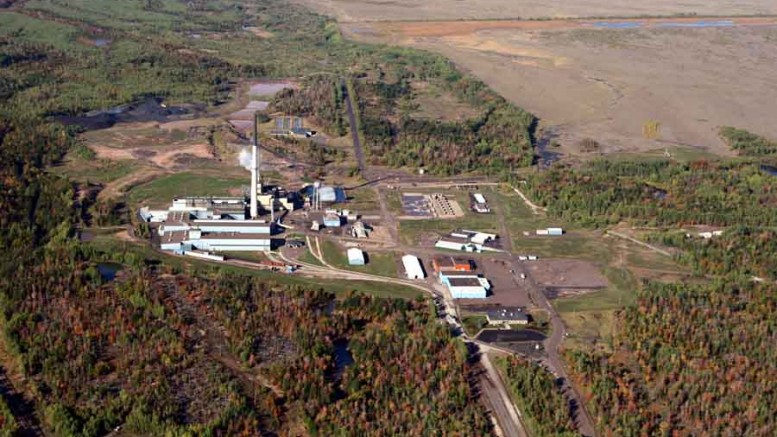
Highland Copper Company (TSXV: HI) has published a positive new preliminary economic assessment (PEA) for its White Pine North project in Michigan, and at the same time, clinched a new JV partner — Kinterra Copper — which can earn up to a 66% interest in the project.
Over a mine life of 21.8 years, including 21 months of ramp-up, the project will deliver annual payable copper production of 93.5 million lb. and 1.2 million oz. of silver.
The project’s after-tax net present value (at an 8% discount) is calculated at $821 million with internal rate of return of 20.8%. That’s based on a copper price of $4 per lb. Initial capital costs are estimated at $615 million, net of pre-production revenue of $265 million.
Underpinning the study is a significant increase in indicated resources to 3.5 billion lb. of copper (150.7 million tonnes at 1.05% copper) and 65.5 million oz. of silver (13.5 grams silver per tonne). Inferred resources add 2.2 billion lb. of copper (96.4 million tonnes at 1.03% copper) and 27.8 million oz. of silver (9 grams silver).
Kinterra Copper, which is affiliated with private equity firm Kinterra Capital, has made a cash payment of $30 million to Highland for a 66% stake in White Pine North. The investment will allow Highland to start early site works at the fully permitted Copperwood project, where it is focused on advancing to development and production.
Kinterra Capital’s co-founders and co-managing partners both formerly worked at another resource-focused private equity firm Waterton Global Resource Management.
Additionally, the JV has agreed to spend a further $30 million to advance the White Pine North project through permitting, infill drilling and feasibility study.
The White Pine North project, located 7.5 km south of Lake Superior in Ontonagon county, is an extension of the historical White Pine mine that operated from 1953 to 1995, during which time it produced 4.5 billion lb. copper at an average grade of 1.17% copper.
The mine closed in 1997, after which it passed through multiple ownerships before First Quantum Minerals (TSX: FM) acquired it in 2013. The following year, First Quantum Minerals sold the project to Highland Copper.
According to Highland Copper, the updated PEA provides a base case assessment of mining the mineral resources of the White Pine North project. The PEA considers White Pine North as a stand-alone project, where potential synergies with the company’s nearby flagship Copperwood deposit are not considered.
“The White Pine North project was able to operate successfully for 50 years until the mid-1990s. The results of the PEA indicate that the project could have another 22 or more years of mining in the Upper Peninsula,” Denis Miville-Deschênes, CEO of Highland Copper, said in a release.
“While we continue to maintain our focus on the fully permitted Copperwood project, we have a viable path to simultaneously advance the White Pine North project, keeping our focus on near-term value creation by creating a new US copper producer.”
Discovered in 1956, Copperwood boasts the highest-grade of all known sediment-hosted copper deposits in the Upper Peninsula of Michigan. Geologically it is very similar to the White Pine deposit.
Based on a 2018 feasibility study, the deposit is expected to mined over 10.7 years leveraging 25.4 million tonnes of reserves at a grade of 1.43% copper. Its initial capital cost is $244.6 million. Using an annual discount rate of 8%, the after-tax IRR, NPV, and payback period for the project are 18%, $116.8 million and 3.2 years, respectively.
Shares of Highland Copper closed Monday’s session 13.3% higher with a market capitalization of C$62.6 million.